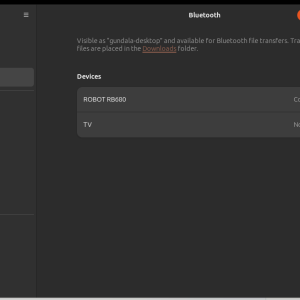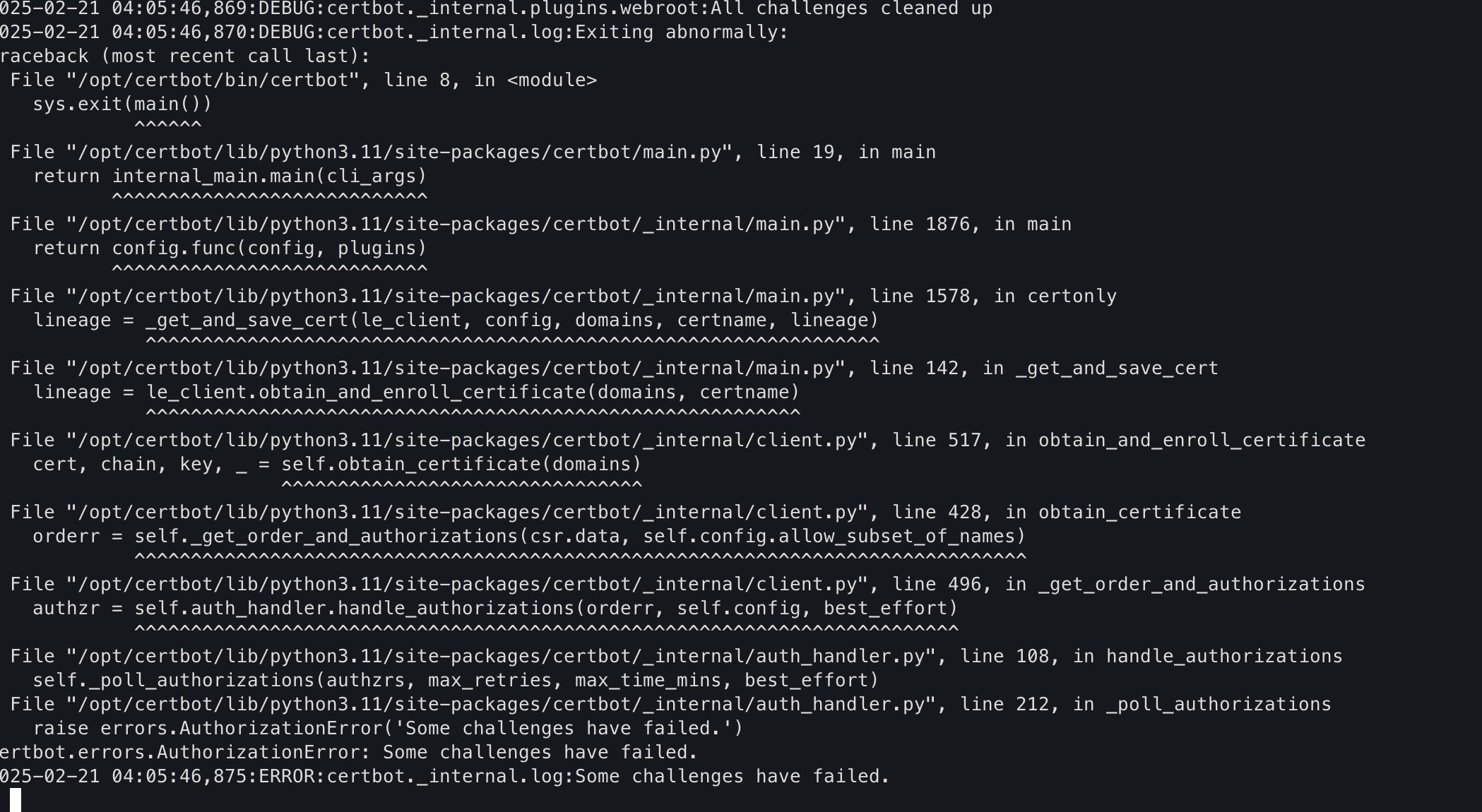Introduction
Have you ever cleaned out your closet and accidentally donated a favorite sweater? Or maybe you deleted a cherished photo while trying to free up space on your smartphone? Just like these situations, managing data within an organization requires a clear plan to ensure nothing valuable gets lost or mishandled. This is where a data retention policy comes into play.
What is a Data Retention Policy?
A data retention policy is a set of guidelines that dictate how long data should be kept and when it should be deleted. This policy is crucial for organizations that collect data, as it helps manage storage, ensure compliance with laws, and protect sensitive information.
Why Do You Need a Data Retention Policy?
- Organization and Efficiency: A clear policy helps keep your data organized, making it easier to access when needed.
- Compliance: Adhering to regulations such as GDPR, HIPAA, PCI DSS, and the Sarbanes-Oxley Act ensures your organization avoids legal issues.
- Security: Proper data management helps protect against breaches and misuse of sensitive information.
Key Elements of a Data Retention Policy
- Scope and Purpose: Define what the policy covers and why it is necessary. For example, your policy might cover customer data, employee records, and transaction history.
- Data Subjects: Specify whose data is being collected. This could include customers, employees, and third-party partners.
- Compliance: List the laws and regulations that your organization must follow, such as GDPR for EU citizens’ data or HIPAA for healthcare data in the U.S.
- Retention Process: Outline the schedule for saving and deleting data, rules for keeping data safe, and processes for destroying data. Include guidelines for handling data breaches.
- Format and Authority: Detail the format in which data is stored, whether it is archived or destroyed, and who has the authority to make decisions about data deletion.
Example Implementation: A Step-by-Step Guide
Step 1: Define the Scope and Purpose
Example: Your company, “Tech Solutions,” handles customer data from online transactions. The purpose of your data retention policy is to manage this data efficiently and ensure compliance with GDPR.
Step 2: Identify Data Subjects
Example: Data subjects include all customers who make purchases through your website, as well as your employees.
Step 3: List Relevant Regulations
Example: Since you handle data from EU citizens, you need to comply with GDPR. If you accept credit card payments, you also need to follow PCI DSS guidelines.
Step 4: Establish the Retention Process
- Saving Data: Customer transaction data is stored for five years.
- Deleting Data: After five years, customer data is securely deleted.
- Safety Rules: Data is encrypted during storage and transmission.
- Data Destruction: Data is destroyed using certified methods to ensure it cannot be recovered.
- Data Breaches: In case of a breach, notify affected customers within 72 hours and take steps to mitigate the damage.
Step 5: Define Format and Authority
- Data Format: Data is stored in encrypted databases.
- Archiving: Important financial records are archived for ten years.
- Authority: The Data Protection Officer (DPO) has the authority to oversee data deletion processes.
Using Cloud Services for Data Retention
Cloud services like Google Cloud offer tools to help implement your data retention policy. One useful feature is the Bucket Lock, which allows you to set retention policies for your storage buckets and provides audit logs to track data access and changes.
Example: You can create a policy that automatically deletes customer data from a specific storage bucket after five years, ensuring compliance without manual intervention.
Automating Data Management
Object lifecycle management is an automated way to handle data retention in the cloud. This process enables you to set parameters for data storage, deletion, or movement between different storage buckets.
Example: Set a rule that moves data to a less expensive storage tier after one year and deletes it entirely after five years. This automation helps keep your data organized and reduces storage costs.
Conclusion
Implementing a data retention policy is essential for managing your organization’s data efficiently, staying compliant with regulations, and protecting sensitive information. By following the steps outlined in this guide and leveraging cloud-based tools, you can create a robust data retention policy that keeps your data organized, secure, and easily accessible when needed.
Discover more from Susiloharjo
Subscribe to get the latest posts sent to your email.





